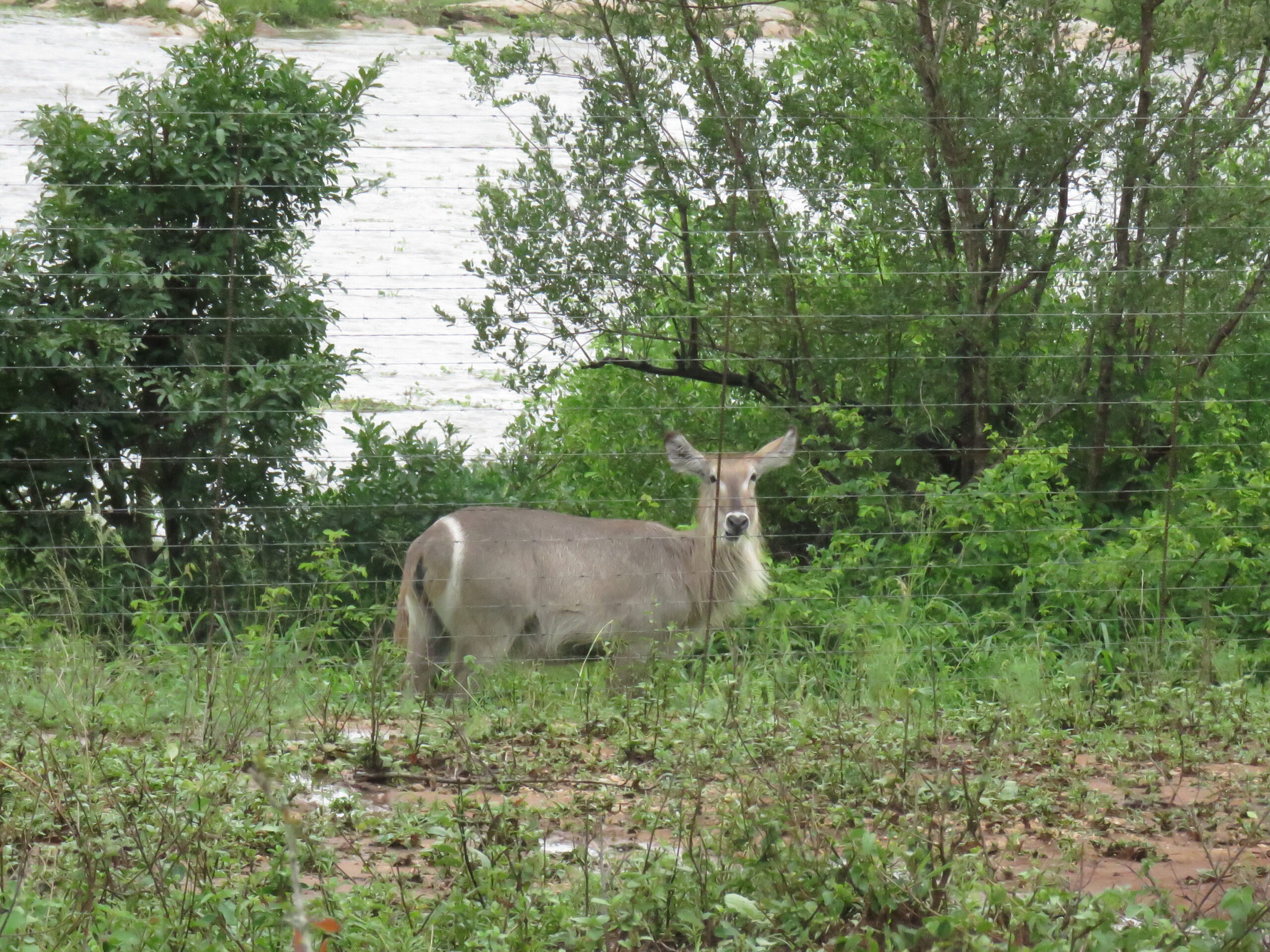
There is never a time we can relax about snakes when living in the bush in South Africa, although they are seldom seen during the cooler winter months. Now, in mid-summer, snakes who roam the bush searching for food in the warmer season can be found anywhere. Nowhere is safe from snakes with their ability to slither their way up any set of steps, railings, sides, and interiors of structures of any type.
Regardless of how diligent we may believe we are, a snake like this, a Mozambique Spitting Cobra (or many other venomous snakes) with whom we had a close encounter in 2014, as described and shown in this post, can appear anywhere, at any time, especially during the summer months. These particular snakes can spray venom and bite, but those attacks aren’t necessarily fatal, although, under certain circumstances, they can be.
Our second snake encounter was in January 2021, described and shown in this post, with a boomslang, one of the most dangerous snakes in Africa. A bite from these bright green snakes is fatal if untreated with antivenom within a few hours of being bitten.

Snakes are seen during daylight hours and at night when it’s easy to step on a snake when walking indoors or outdoors accidentally. In the case of the main photo snake, the Mozambique Spitting Cobra, the snake bit the woman on her toe when she got something out of her refrigerator. Fortunately, Juan, a young expert snake handler here in Marloth Park, found at his Facebook page here came to her rescue. She didn’t require medical care in this particular case.
But that wouldn’t be the case with many snakes in Marloth Park, such as the Black Mamba, Puff Adder, and others, as described in this article here.
So, what is a person to do to avoid being bitten? There are numerous reliable websites dedicated to this topic, such as this one here, relative to snakes in South Africa, but it can also apply to snake bites in other countries. We certainly are no experts, but the one aspect and precaution we follow is to always be on the alert. We both wear closed-toe shoes and wear them in the house and outdoors.

Our days of walking around on bare feet are long over. Plus, we watch where we walk, both indoors and outdoors. Whenever we walk under shrubs or trees, we check the surrounding ground and up in the tree to ensure no snakes are lurking there.
One night in 2018, when we began walking up the steps to Jabula, people nearby alerted us to a venomous snake slithering along the stairway railing. We immediately backed down, and in minutes Juan was there to remove the snake. That taught us an invaluable lesson to be on alert near stairs, railings, and any structures when we’re out and about, in a business, or visiting friends at their homes.
I now have the habit of saying, each time we walk out the door, “Watch for snakes!” I never fail to say this when we are outdoors, even going back and forth to the car in our driveway or when going in and out of restaurants and businesses, at any time of the day or night. One can never be too cautious.

It’s our lives we are talking about. And, if you live in an area where there are snakes, it’s your life too.
Stay safe while enjoying your surroundings.
Photo from one year ago today, January 27, 2021:


